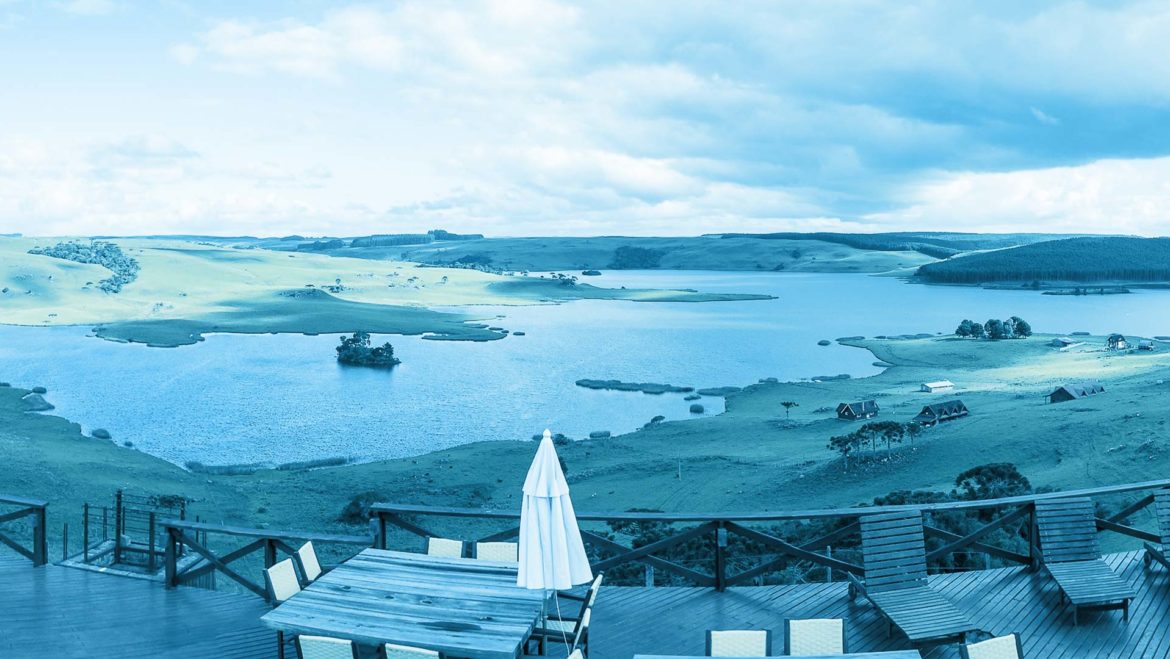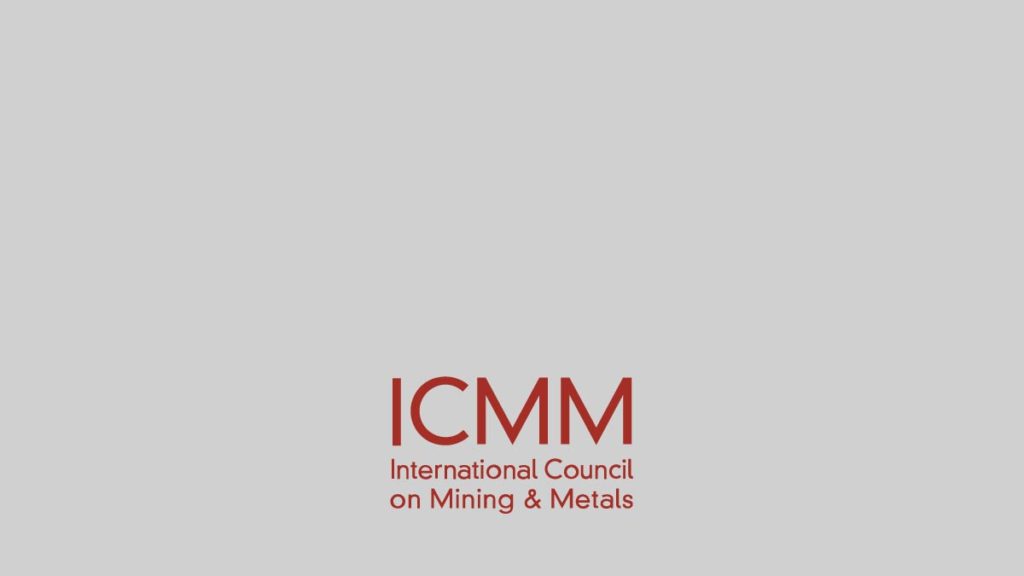
Tool 7 – Understanding Water Issues in the Catchment
This tool helps create a clear understanding of the catchment characteristics and how they may evolve over time.
Step Guide
STEP
1
Assess the biophysical character of the element
- Is the water demand and availability in balance?
- Are there challenges associated with the catchment’s hydrological characteristics?
- What is the quality of surface water and groundwater in the catchment?
STEP
2
Clarify the regulatory and institutional framework
- What is the national, regional and local institutional and regulatory environment?
- What is the capacity of the regulator, management institutions and utilities to deliver effective services?
- Is the water allocation supported by adequate infrastructure?
STEP
3
Evaluate the socioeconomic and ecological aspects of the catchment
- What are the development objectives of the catchment?
- Do all water users have access to adequate quality water?
- What are the economic activities, ecosystems and socially and culturally sensitive areas in the catchment?
Community, Economics, Environment, Ethical Business, Management, Rehabilitation
Understanding water issues in the catchment
A hypothetical example of understanding and finding solutions to water issues in the catchment
Further Reading:
- World Resources Institute’s (WRI) Aquaduct tool
- WWF’s Water Risk Filter
- Global Drought Information System
- WBCSD’s Global Water Tool
- GEMI’s Local Water Tool
- WRI’s Global Forest Watch
- WaterAid’s briefing note Universal access by 2030
- WBCSD’s Wash pledge
- CEO Water Mandate Guidance on human rights to water
- Natural Capital Project’s InVEST tool
- ibat tool

